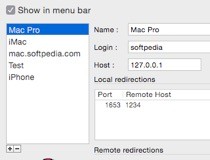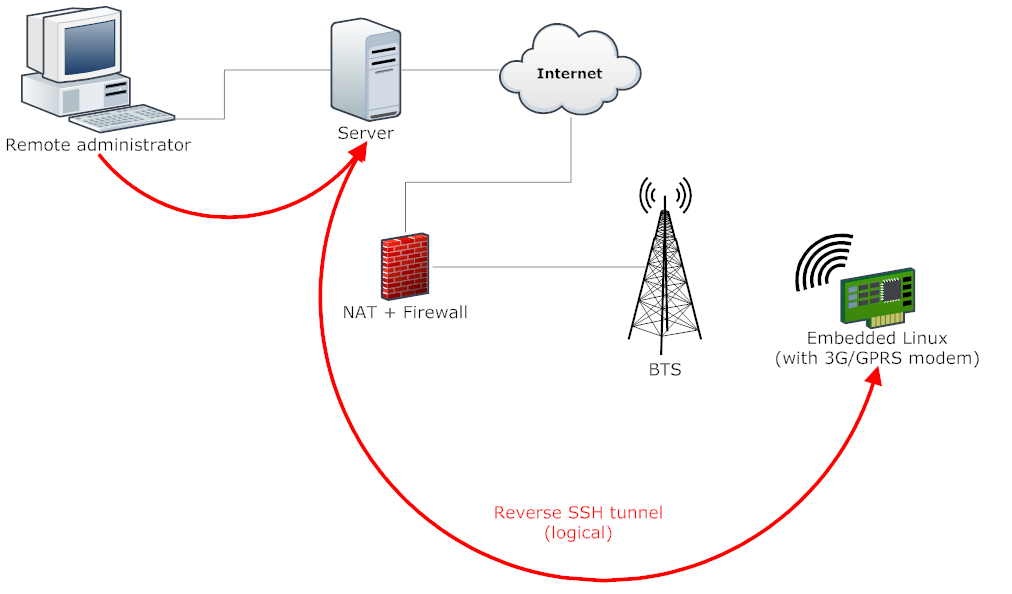

The segments and datagrams are then packed into IP packets, in the network layer.

Here, you can see more reserved ports that we use everyday. They are "high ports" like 52044 and are randomly generated. The client needs to use a port on its side, too. For example, the HTTP server usually listens on port 80 TCP (alternatively, clients would have to connect to it by specifying the port number itself in an address - ), DNS server usually listens on port 53 UDP (sometimes port 53 TCP, too). For the most used, well-known protocols, there are reserved port numbers. The client connects to this port (in the case of a TCP connection) or sends a datagram to that port (in the case of UDP). Each server of a given application layer protocol binds to a given port number and waits for an incoming connection. To identify different connections to and from the same IP address, we use port numbers. UDP is used here mainly, because it has low overhead: sending 1 small query in 1 datagram and receiving an answer takes less time and needs to transmit less data than making a TCP connection (exchanging 3 segment between hosts): sending a query from a client, sending a confirmation from the server, sending an answer from the server, and then sending a confirmation from a client and disconnecting the connection (4 segments). In this case a protocol of the higher layer has to resend a query after not receiving an answer in the given amount of time. UDP is used sometimes by other protocols in the application layer - for instance, in the case of DNS. Because of that, UDP is mainly used to transmit real-time multimedia data - VoIP talks, videoconferences, audio and video. If packets are not received in the correct order, UDP will, nonetheless give them to an application in the order that they were received. It doesn't provide retransmissioning for lost datagrams. If any segment will be lost in the network, it will be sent again if it does not receive the confirmation in time. TCP always provides data in the correct order. TCP protocol is connection-oriented, which means that before sending data, it is required to create a connection between the remote machines. Those protocols are used to transport data through the Internet - they are working in transport layer.


Next, messages of the given protocol has to be packed into a TCP segment or UDP datagram (in transport layer). SSH - similar to telnet, but in a secure, encrypted version, so nobody can see what we send to a server and what the server sends to us.telnet - used to connect remotely to a server.POP3 and (or) IMAP - used to download/browse your e-mail.DNS - used to change host name into an IP address and vice versa.FTP - used to send files between a client and server.
MAC SSH TUNNEL DOWNLOAD
MAC SSH TUNNEL SOFTWARE
Communication in the Internet, Network Protocols and Communication PortsĮvery piece of software installed in your computer, that wants to send or receive data through the Internet, has to use a protocol of the application layer from TCP/IP stack. This article will cover some basic theory, which you can skip if you like just by going straight to the examples further down.
MAC SSH TUNNEL HOW TO
In this article, you'll learn how to create a safe, encrypted tunnel between your computer and your VPS along with how to bypass limits in a corporate network, how to bypass NAT, etc.


 0 kommentar(er)
0 kommentar(er)
